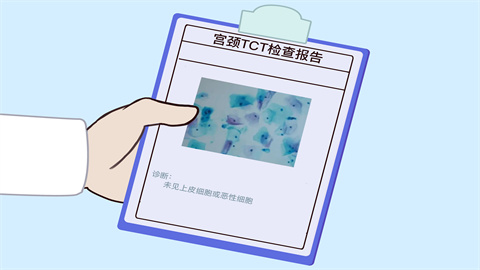What issues can be detected through hysteroscopy?
Generally, hysteroscopy can usually detect endometrial polyps, submucosal uterine fibroids, intrauterine adhesions, uterine malformations, and blocked fallopian tube ostia. If discomfort occurs, timely medical consultation is recommended. Detailed analysis is as follows:

1. Endometrial Polyps
Endometrial polyps are benign neoplasms formed by abnormal proliferation of localized endometrial tissue. Under hysteroscopy, single or multiple masses of varying sizes can be observed within the uterine cavity, usually tongue-shaped or spherical, with smooth surfaces and stalks of varying thickness and length, which can attach to any part of the uterine wall.
2. Submucosal Uterine Fibroids
Submucosal uterine fibroids are a type of uterine leiomyoma that grows toward the endometrial surface, protruding into the uterine cavity and covered only by mucosa. Hysteroscopically, round or oval-shaped masses with smooth surfaces and firm texture can be observed within the uterine cavity. Sometimes the stalk connecting the fibroid to the uterine wall is visible, and larger fibroids may cause distortion of the uterine cavity.
3. Intrauterine Adhesions
Intrauterine adhesions are usually caused by prior intrauterine procedures or infections, leading to damage of the basal layer of the endometrium and resulting in partial or complete occlusion of the uterine cavity. Hysteroscopy reveals adhesions of varying severity within the uterine cavity, presenting as filmy adhesions, fibromuscular adhesions, or dense connective tissue adhesions. These adhesions may appear as bands, sheets, or webs, dividing the uterine cavity into multiple small compartments, with severe cases leading to complete obliteration of the normal uterine shape.
4. Uterine Malformations
Uterine malformations result from abnormal development of the uterus during embryogenesis. Common types include septate uterus, bicornuate uterus, and unicornuate uterus. For example, in a septate uterus, hysteroscopy reveals a longitudinal septum dividing the uterine cavity into two halves. The septum may extend from the fundus to the internal or even external cervical os, varying in thickness from thin to broad.
5. Blocked Fallopian Tube Ostia
Blocked fallopian tube ostia can affect the fallopian tubes' functions of egg pickup and embryo transport, making it one of the causes of female infertility. Under normal conditions, hysteroscopy reveals round or oval-shaped tubal ostia. When abnormalities exist, the ostia may be covered by membranous tissue, appear narrowed or even completely occluded, or be located in an abnormal position.
Hysteroscopy is an invasive procedure that may cause certain physical trauma, such as vaginal bleeding and abdominal pain. Therefore, prior to undergoing hysteroscopy, patients need adequate evaluation and preparation, and should proceed under the guidance of a physician.






